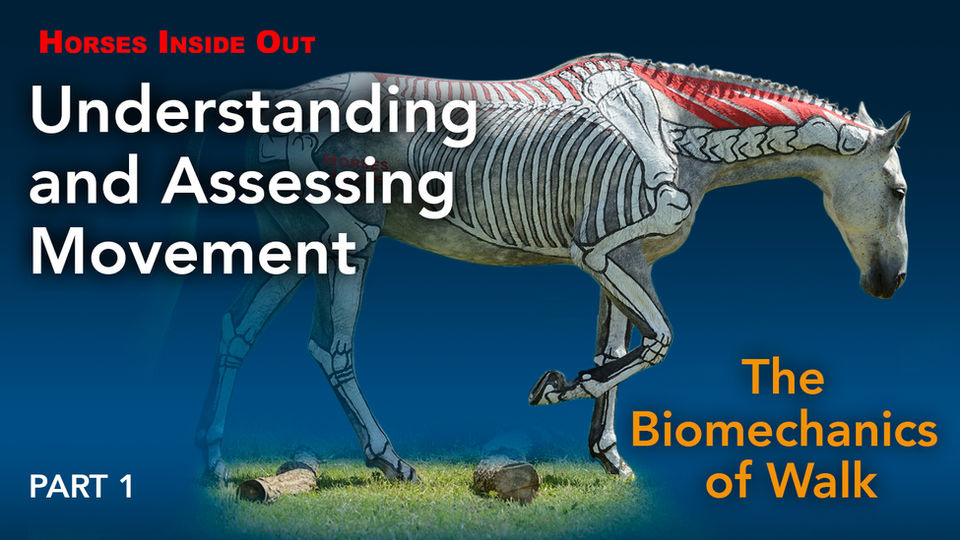Kissing Spines: Anatomy, Prevention and Rehabilitation
There are many horses with back problems including kissing spines – whether you have a horse with this condition or not, learning as much about it is a good thing to do.
In this on-demand webinar with the help of Gillian’s anatomically painted horses, anatomical bones and real horse bones, discover what kissing spines are, what they actually look like, where and why they happen. Gillian demonstrates a comprehensive set of exercises and tips to both prevent them happening and to aid the rehabilitation of horses with Kissing Spines.
Kissing spines is a condition that affects the bony projections (spinous processes) that point upward from the main vertebrae. These spinous processes are normally spaced apart, but in some horses they can touch or overlap, causing pain and inflammation. As horse lovers this is something we all want to avoid for our horses.
This webinar is open to anyone - perfect for horse owners with horses with kissing spines, but also anyone who wishes to learn as much as possible about this condition, including saddlers, coaches and therapists who may be working with horses with kissing spines.
Watch Trailer
This on-demand webinar was recorded on the
6th March 2024 and is episode 2 of series 6.
Course Structure
Kissing Spines is in 2 parts.
Part 1 covers the anatomy of the back, posture and kissing spines. With video and photos of real bones and skeletons gives examples of kissing spines.
Part 2 gives a comprehensive guide to prevention and rehabilitation exercises and techniques. Clearly demonstrating correct technique for all of the exercises recommended.
UNLIMITED ACCESS
Anytime - Anywhere - As many times as you like!
Once purchased, you can watch this on-demand webinar at any time and as many times as you like from any device and from the comfort of your own home! Just make sure you are logged in and then watch it by pressing the button below.
Other on-demand webinars you may enjoy...
- 80£
- 40£
- 30£





















